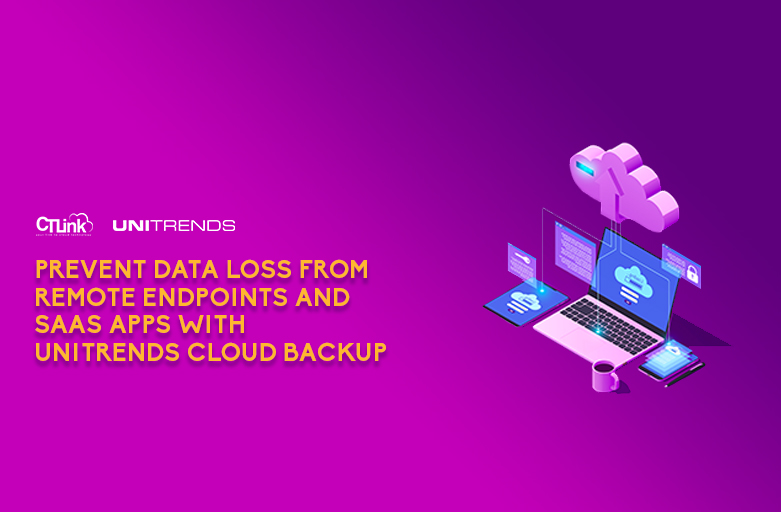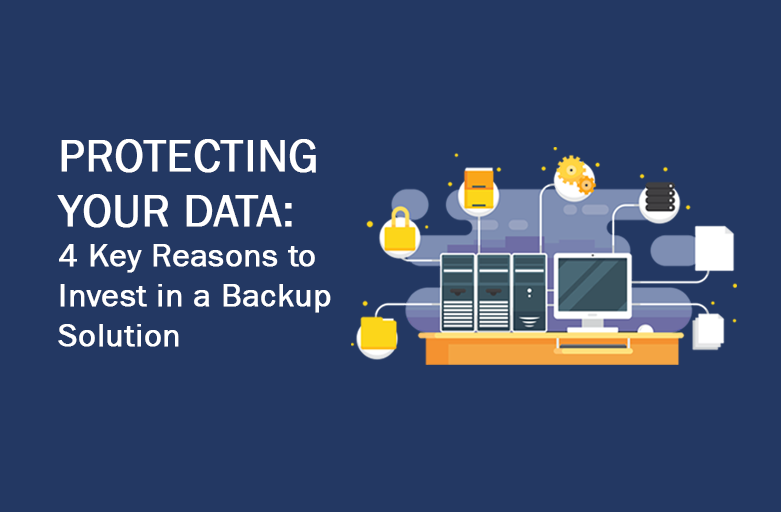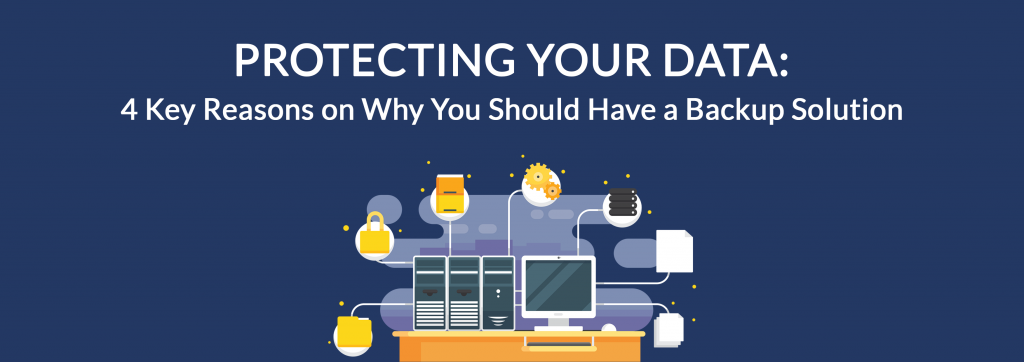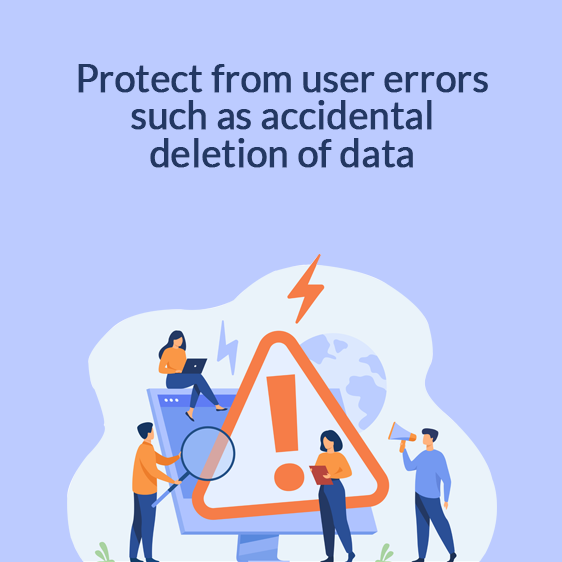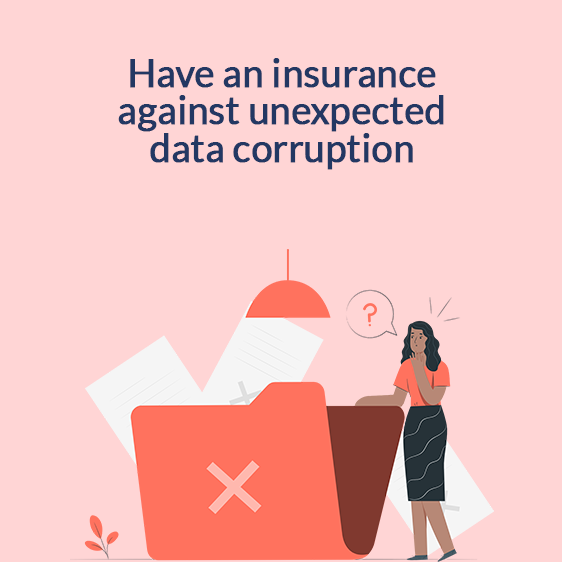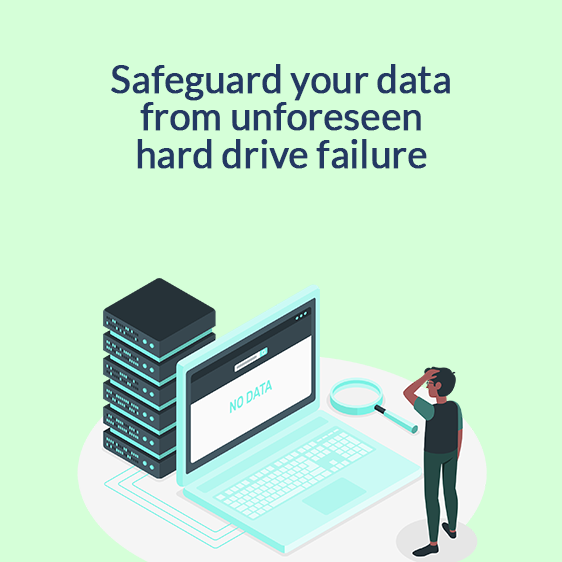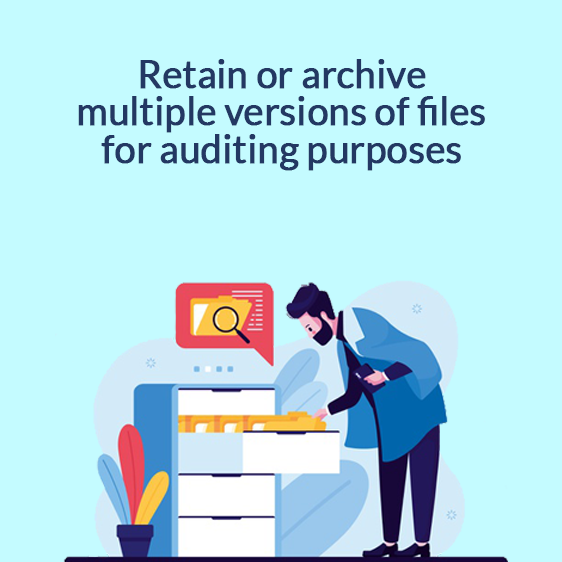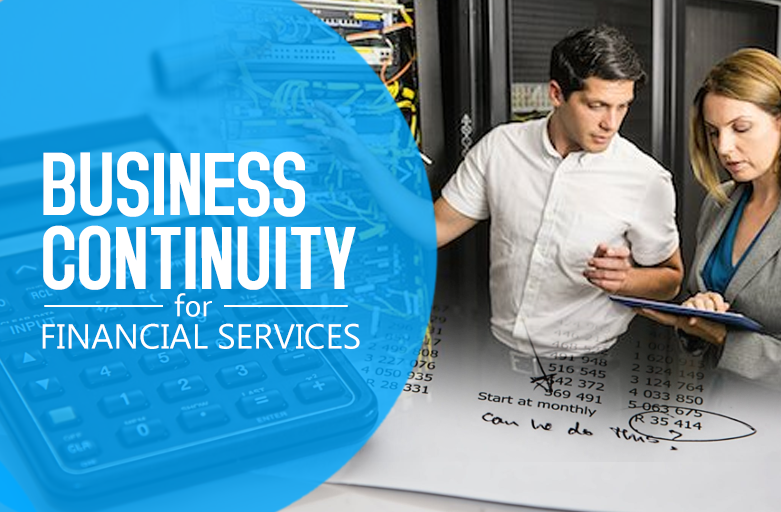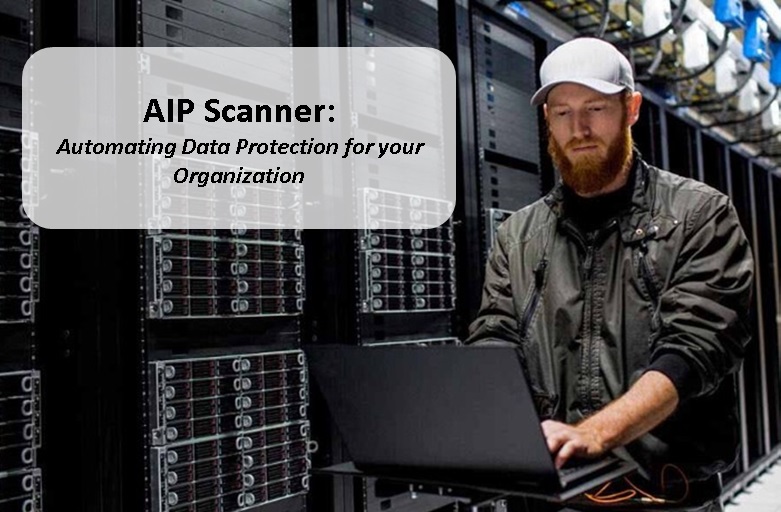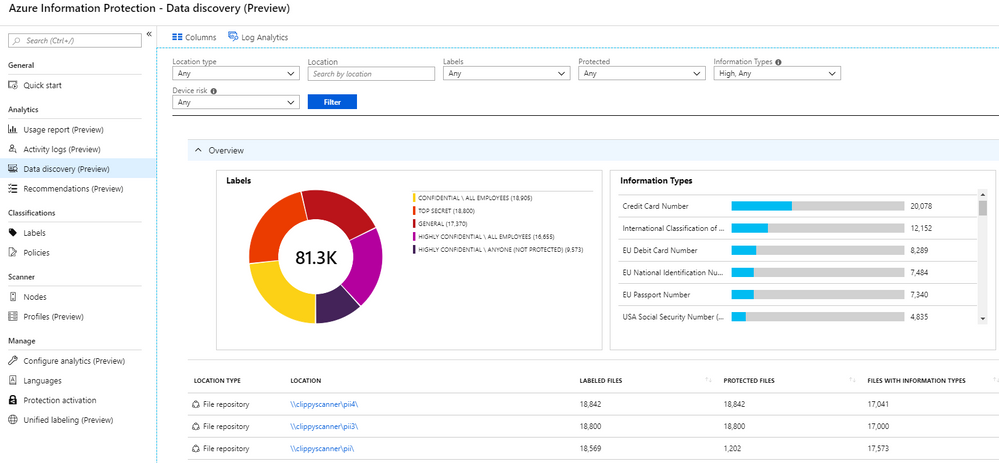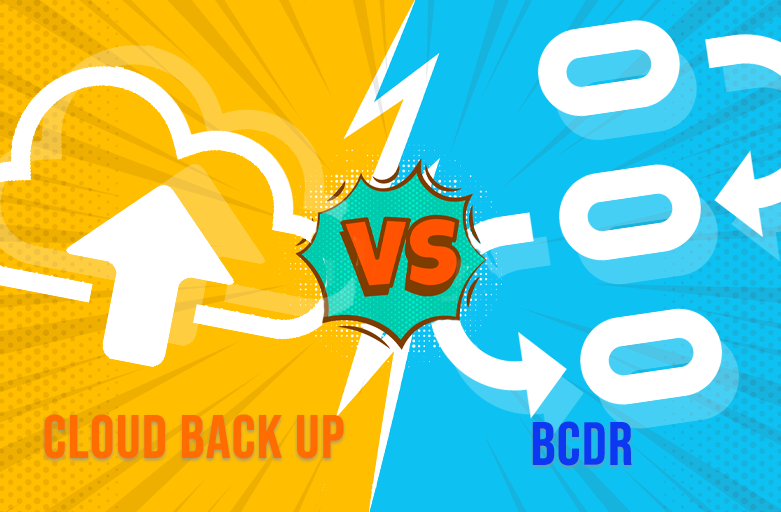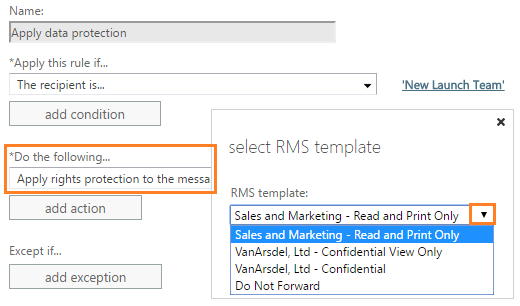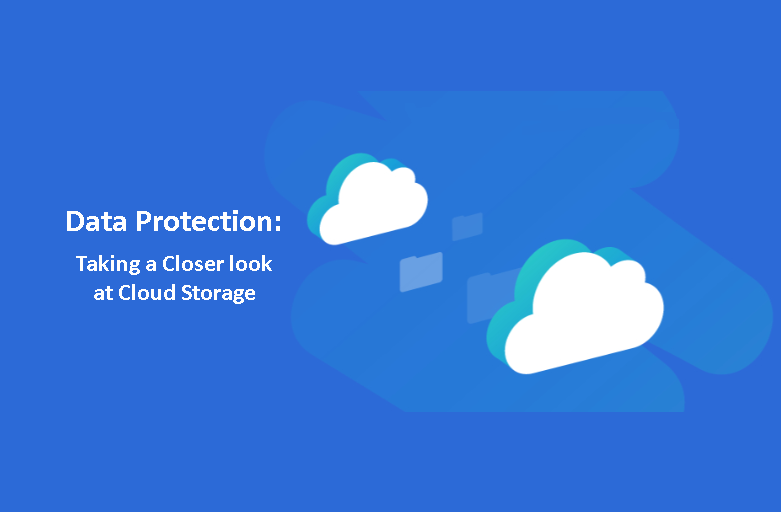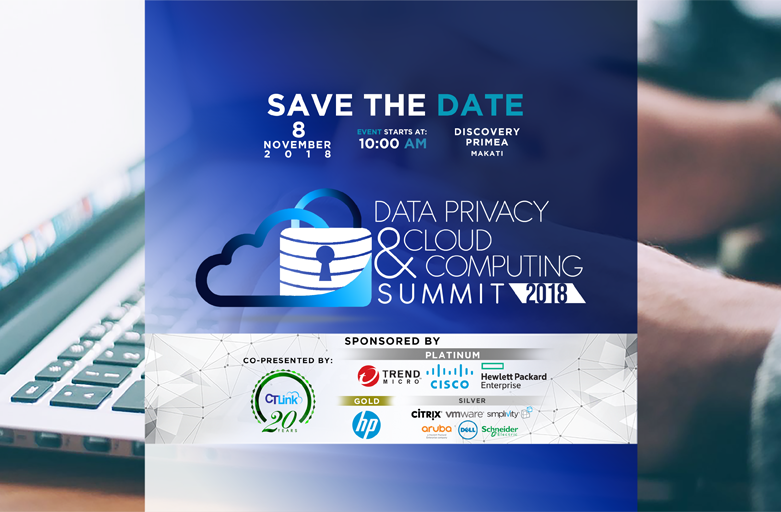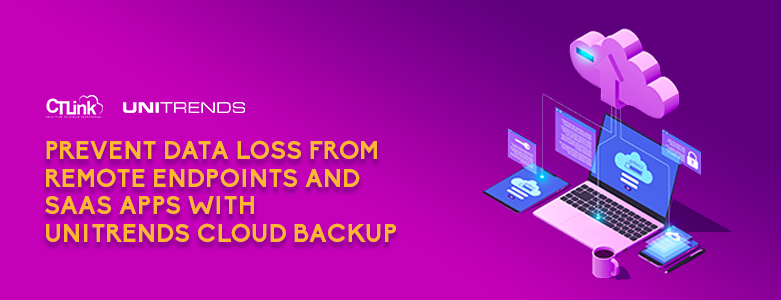
Working from home is now the norm when it comes to business. However, this now makes data loss more common as devices are now outside your network perimeter. Traditional backup solutions require your devices to be connected to your network for it to backup your files, so for every day those endpoints are not in the network, the risk of losing data becomes higher.
This is where a Unitrends Cloud Backup can help. Through a quick and easy download of the backup agent, you can immediately start protecting your data outside your network from accidental deletion or unsuspected data corruption.
Addressing the issues of bandwidth
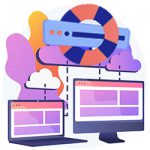
In the Philippines, connectivity reliability and speed are the major factor why most companies don’t see cloud as a viable option for business operations. This is a concern for cloud backup due to the heavy initial upload that is needed to create the first backup that needs to maintained (succeeding backups are just small updates to the initial backup which usually are small uploads).
Unitrends Cloud Backup navigates this problem by allowing users to gradually upload their important file to lessen the amount of initial size of the upload. From there, they can prioritize which are the important files that need to be backed up and slowly create the bigger file snapshot to be maintained. The bandwidth consumption can also be controlled by the admin so that bandwidth usage of the solution does not interrupt the business operations of the end user and can even be automated to start at a less intrusive time.
Importance of SaaS Backup

SaaS applications such as Office 365 have grown in popularity since the pandemic started. They helped many to collaborate with colleagues remotely and served as a platform to share their important data. However, many are not aware that data in the cloud are not exempt from the dangers of data loss. According to Unitrends research, over 75% of SaaS applications experience data loss every year. These data losses can be attributed to either intentional or unauthorized deletion and corruption of files.
Creating a separate backup of files with Unitrends Cloud Backup can help mitigate this risk while giving your company a flexible way to recover the data on demand, saving you from incurring loss of productivity time and potential financial loss.
If you are interested in learning more about Unitrends Cloud Backup, you can contact us by filling out the form below and we will contact you as soon as we can!

